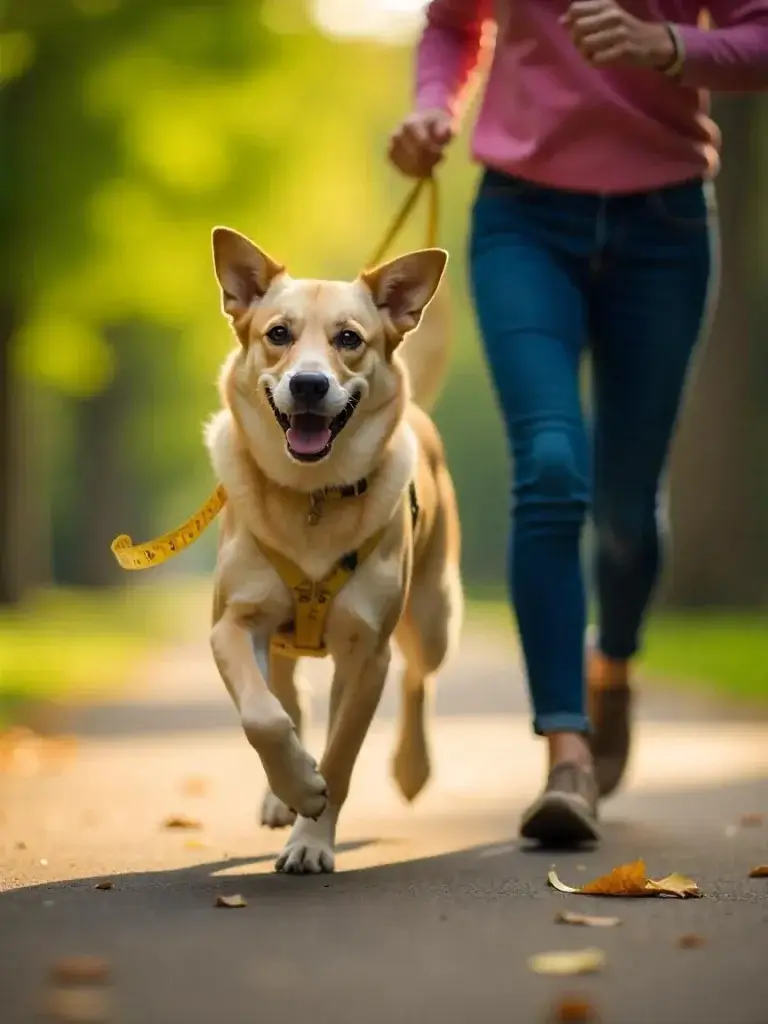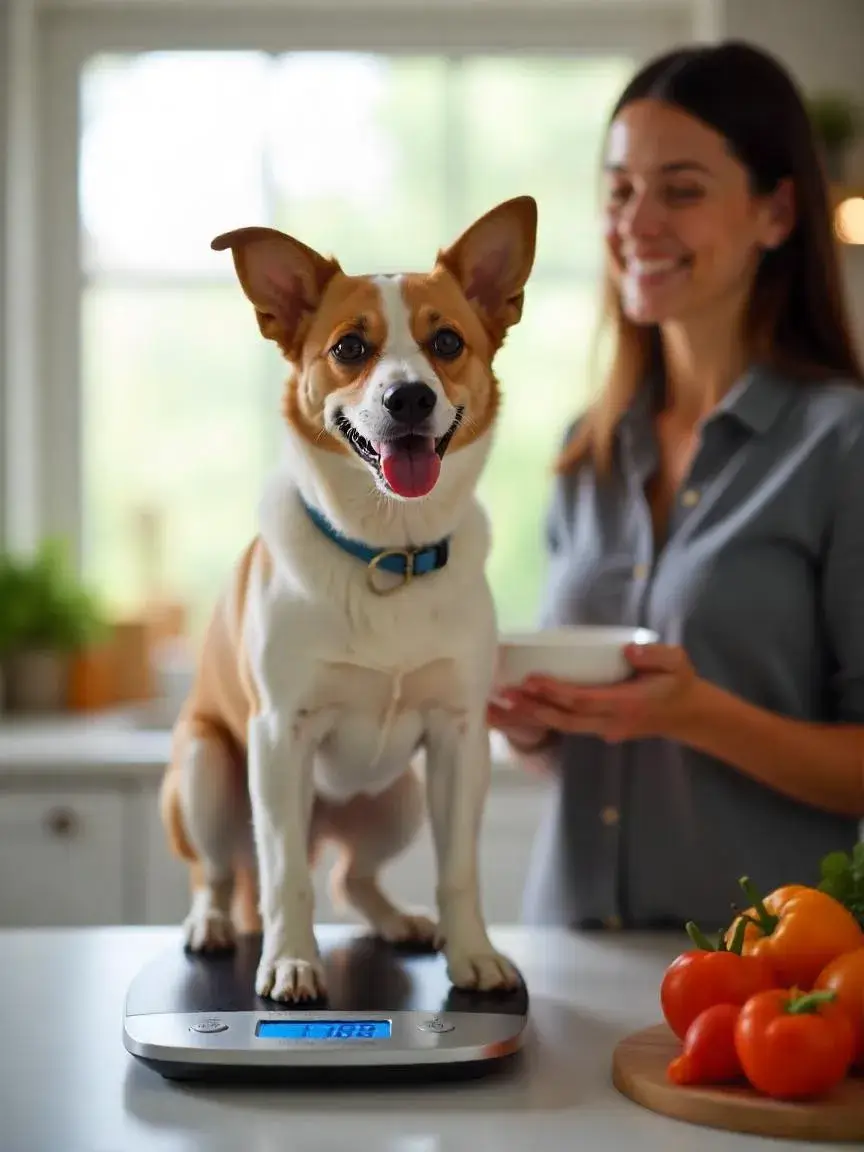Maintaining a healthy weight is vital for your dog’s overall well-being, longevity, and quality of life. Obesity in dogs can lead to joint pain, diabetes, heart disease, and a shortened lifespan. In this comprehensive 5,000+ word guide, you’ll discover evidence-based strategies for assessing your dog’s current condition, crafting a balanced diet plan, establishing effective exercise routines, and monitoring progress. By following these expert recommendations, you’ll help your furry friend achieve and sustain an optimal weight, enhancing their energy levels and happiness.
Assessing Your Dog’s Weight Status
Understanding Ideal Body Condition
- Body Condition Score (BCS): A 9-point scale where 4–5 is ideal. Ribs should be easily felt under a thin layer of fat, and the waist visible from above.
- Visual and tactile checks: Look for a tucked abdomen and palpable ribs without excess fat covering.
Weighing Your Dog
- Home vs. veterinary scales: Use a reliable pet scale or ask your vet for an accurate measurement.
- Recording baseline weight: Log initial weight with date, age, and breed for future comparisons.
Identifying Contributing Factors
- Age and metabolism: Puppies and seniors have different caloric needs and activity levels.
- Breed predispositions: Some breeds (e.g., Labrador Retrievers, Dachshunds) are more prone to weight gain.
- Lifestyle influences: Sedentary habits, free-feeding, and lack of structured activity.
Nutrition Strategies

Choosing the Right Food
- Calorie-controlled formulas: Select high-quality, veterinary-recommended weight management kibble or wet food.
- Macronutrient balance: Look for protein-rich diets that support muscle mass and moderate healthy fats.
Portion Control
- Measuring meals: Use a digital kitchen scale or measuring cup to serve precise portions.
- Feeding schedule: Divide daily portions into 2–3 meals to stabilize blood sugar and curb begging.
Incorporating Low-Calorie Treats
- Healthy snack options: Baby carrots, green beans, and apple slices (no seeds).
- Puzzle feeders: Slow-feed toys that dispense small amounts of kibble or treats to extend mealtime and mental engagement.
Home-Cooked vs. Commercial Diets
- DIY meal planning: Consult a veterinary nutritionist to ensure balanced vitamins and minerals in homemade recipes.
- Supplementation: Omega-3s, glucosamine, and fiber supplements can aid weight loss and joint health.
Designing an Exercise Program
Assessing Current Activity Level
- Baseline activity tracking: Use a simple log or wearable tracker to record daily steps and playtime.
- Short vs. long sessions: Tailor exercise to your dog’s age, breed, and current fitness level.
Aerobic Exercises
Daily Walks
- Incremental increases: Start with 10-minute walks and add 5 minutes each week until reaching 30–60 minutes.
- Terrain variation: Use hills and intervals of brisk pace to boost calorie burn.
Play-Based Cardio
- Fetch: Use a fenced yard or hallway with soft toys to avoid injury.
- Tug-of-war: Short bursts of play following proper release cues.
Strength and Core Workouts
Stair and Incline Training
- Controlled climbs: Guide your dog up and down gentle ramps or stairs for leg strength.
- Weighted harness (optional): Only under veterinary advice.
Balance Exercises
- Balance discs and wobble boards: Improve core stability and engage multiple muscle groups.
- Slow controlled movements: Encourage paw lifts and gentle weight shifts.
Structured Play Sessions
- Obstacle courses: Homemade agility setups using household items.
- Interactive games: Hide-and-seek with toys and treats to combine physical and mental stimulation.
Monitoring Progress
Regular Weigh-Ins
- Weekly measurements: Record weight at the same time of day and under similar conditions.
- Trend analysis: Use a simple spreadsheet or journal to chart weight changes over time.
Body Condition Reassessment
- Monthly BCS checks: Re-evaluate your dog’s physique to adjust diet or exercise as needed.
- Photographic records: Take side and top-down photos monthly to visually track slimming.
Adjusting the Plan
- Plateau strategies: If weight stalls for two weeks, reduce calories by 10% or increase activity.
- Health alerts: Consult your vet if rapid weight loss, lethargy, or other symptoms appear.
Special Populations & Considerations

Puppies vs. Adults vs. Seniors
- Growing puppies: Focus on portion control but avoid calorie restriction that impairs development.
- Adults: Aim for steady, moderate weight loss (1–2% of body weight per week).
- Seniors: Use low-impact exercises and joint-supporting supplements.
Breed-Specific Needs
- Deep-chested breeds: Monitor for bloat risk; avoid vigorous activity immediately after meals.
- Brachycephalic breeds: Keep workouts short and low-intensity to prevent breathing difficulties.
Health Conditions
- Arthritis and hip dysplasia: Prioritize swimming or gentle water treadmill sessions.
- Diabetes or Cushing’s disease: Coordinate diet adjustments with veterinary guidance.
Case Studies
Case Study 1: Labrador Retriever Weight Loss
- Initial weight: 35 kg (BCS 7/9).
- Strategy: Shift to calorie-controlled kibble; daily 20-minute walk progressing to 45 minutes; two puzzle feeder sessions daily.
- Outcome: Lost 4 kg in 8 weeks; BCS improved to 5/9; increased energy and reduced joint stiffness.
Case Study 2: Senior Dachshund Maintenance
- Initial weight: 12 kg (BCS 6/9), age 10 years.
- Strategy: Introduce low-impact swimming twice weekly; portion adjustment with high-protein, low-fat diet.
- Outcome: Maintained weight at 11.5 kg; improved mobility and appetite.
FAQs
- How quickly should my dog lose weight?
Aim for 1–2% of body weight per week to avoid health risks. - Can I free-feed my dog to self-regulate?
Free-feeding often leads to overeating; portion control is more effective. - Are grain-free diets better for weight loss?
Not necessarily—focus on calorie content and nutrient balance rather than ingredient exclusion. - What if my dog refuses to exercise?
Incorporate mental games and low-impact play; consult a trainer for motivation techniques.
Conclusion
Managing your dog’s weight requires a balance of precise nutrition, consistent exercise, and careful monitoring. By following this guide, you can prevent obesity-related health issues, improve your pup’s quality of life, and enjoy a stronger bond. Start implementing these strategies today and celebrate each milestone toward a healthier, happier dog!


